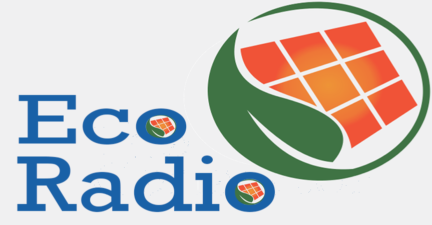According to Dr. Campbell, the green solar cells are more environmentally friendly than silicon-based cells as they are made from titanium dioxide — a plentiful, renewable and non-toxic white mineral obtained from New Zealand’s black sand. Titanium dioxide is already used in consumer products such as toothpaste, white paints and cosmetics.
"The refining of pure silicon, although a very abundant mineral, is energy-hungry and very expensive. And whereas silicon cells need direct sunlight to operate efficiently, these cells will work efficiently in low diffuse light conditions," Dr. Campbell says.
"The expected cost is one-tenth of the price of a silicon-based solar panel, making them more attractive and accessible to home-owners."
The Centre’s new director, Professor Ashton Partridge, says they now have the most efficient porphyrin dye in the world and aim to optimize and improve the cell construction and performance before developing the cells commercially.
"The next step is to take these dyes and incorporate them into roofing materials or wall panels. We have had many expressions of interest from New Zealand companies," Professor Partridge says.
He says the ultimate aim of using nanotechnology to develop a better solar cell is to convert as much sunlight to electricity as possible.
"The energy that reaches earth from sunlight in one hour is more than that used by all human activities in one year," said Partridge.
The solar cells are the product of more than 10 years research funded by the Foundation for Research, Science and Technology.
